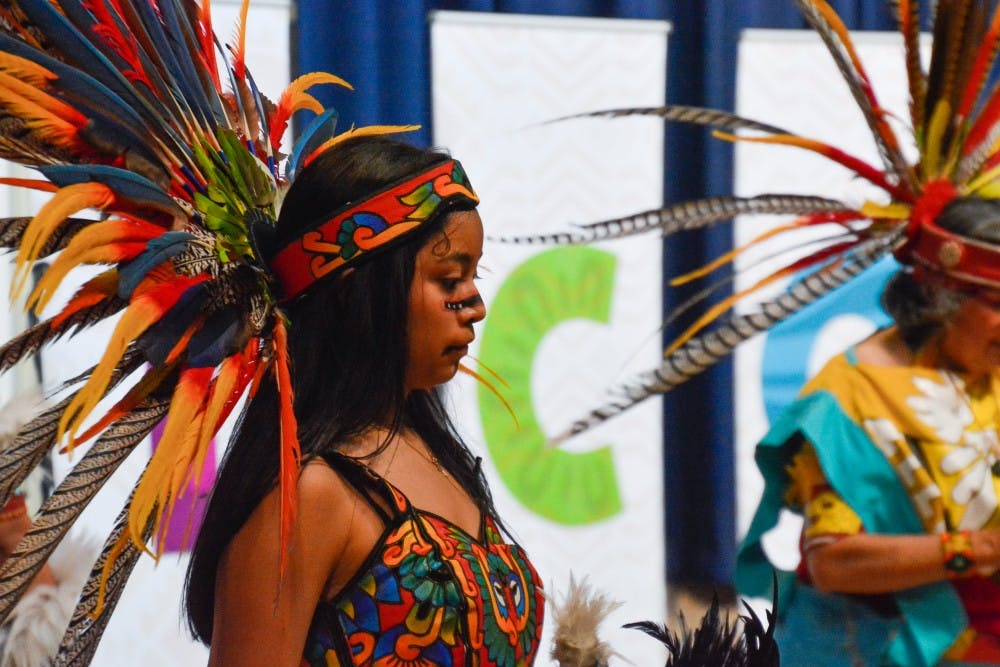The Penn Museum celebrated Día de los Muertos on Oct. 26 with dance performances, crafts, and activities. The day-long event brought together people of all ages and cultures.
Día de los Muertos, or Day of the Dead, is held to honor deceased loved ones. At the heart of the Penn Museum celebration was the "ofrenda," an altar decorated with a collection of objects honoring the dead. This year, the ofrenda honored Mexican indigenous languages. 2019 is the International Year of Indigenous Languages, as proclaimed by the United Nations.
Guests participated in many traditional activities like "calavera," or skull, face painting, making vibrant paper flowers, and eating "pan de muerto," a sweet bread. Performances included an Azteca Prehispanic dance, a folkloric ballet, and storytelling sessions on legends. Vendors sold clothes, blankets, jewelry, and other Latin American goods.
The event was organized in partnership with the Mexican Cultural Center and Consulate of Mexico in Philadelphia.

The ofrenda was the main centerpiece of the event, honoring over 65 Mexican indigenous languages.

Ofrendas are decorated with the dead's favorite foods, items, and photographs.

A contest was held to create the best ofrenda. This one was created by elementary school students.

Community member Maria Ruiz decorated her ofrenda with marigolds, whose bright color are believed to attract and guide spirits to their ofrendas.

A cross made of marigolds lay before the ofrenda created by Dionisio Jimenez for the community contest.

Children and adults lined up to have their faces painted as calaveras.

Children created skulls made of Play-Doh.

Vendors sold Latin American goods, such as jewelry.

Hot chocolate and "pan de muerto," or bread of the dead, were served.

A man demonstrated his carved wooden whistles, all of which made unique sounds.

The Ballet Folklorico Yaretzi posed for a group picture in front of the ofrenda.

The folkloric ballet performance was full of vibrant colors and drew a large crowd.

All of the performers in Ballet Folklorico Yaretzi had their faces painted as skulls.

A view from above while watching the Azteca Prehispanic dance.

The drum served as the driving force behind Kalpulli Kamaxtle Xiuhcoatl's performance.









